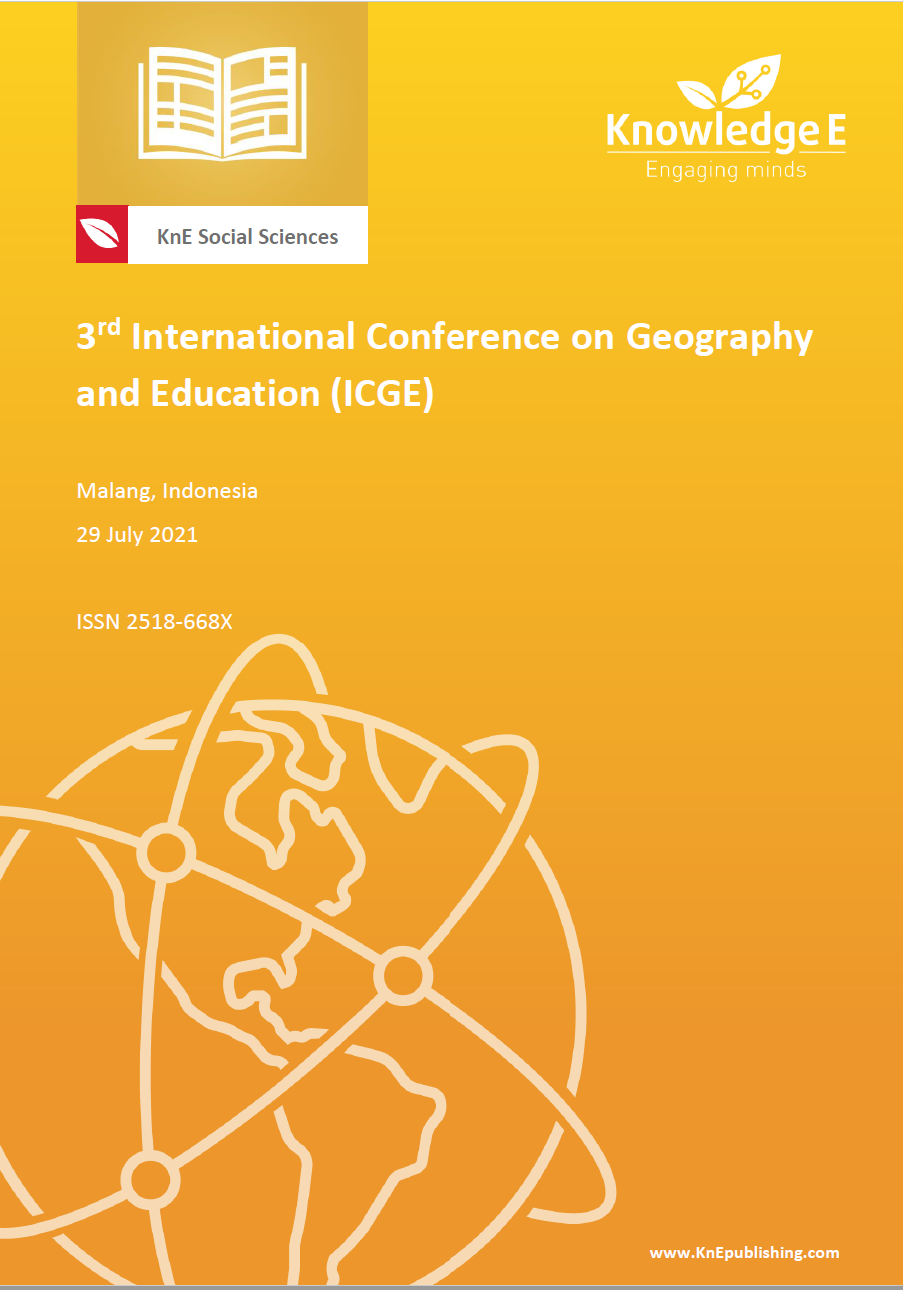The Impact of Disaster Knowledge and Attitudes on Community Preparedness in Facing Earthquakes
DOI:
https://doi.org/10.18502/kss.v7i16.12154Abstract
In 2016, a catastrophic earthquake with a magnitude of 6.5 devastated Pidie Jaya Regency. This shallow earthquake, centered on the land, killed 104 people and displaced tens of thousands. This study aimed to measure the relationship between disaster knowledge and attitudes of the community, and their disaster preparedness in Bandar Dua District, Pidie Jaya Regency. 250 villagers of Gampong Ulee Glee, Pelakan Cibrek, Peulakan Tunong, Paya Tunong, and Keude Ulee Glee participated. The data were collected using a questionnaire. The results showed that the level of community disaster was categorized as ‘well’ (59.2%), the attitudes towards disasters were categorized as prepared (60.4%), and preparedness was categorized as well-prepared (54.8%). The bivariate analysis showed that people’s knowledge was categorized as very well prepared (76.8%) and the people’s attitudes were categorized as well and ready in coping with disasters (71.7%). We concluded that there was a relationship (p = 0.005) between disaster knowledge and preparedness. There was also a relationship between the attitudes towards disasters and community preparedness.
Keywords: knowledge, attitudes, preparedness, earthquake, disaster
References
[2] Badan Meteorologi, Klimatologi dan Geofisika (BMKG). Gempabumi kuat M=6.5 guncang pidie jaya, provinsi Aceh dipicu akibat aktivitas sesar aktif. Jakarta, Indonesia: BMKG; 2016. Available from: https://www.bmkg.go.id/press-release/?p=gempabumikuat- m6-5-guncang-pidie-jaya-provinsi-aceh-dipicu-akibat-aktivitas-sesar-aktif
[3] Badan Nasional Penanggulangan Bencana (BNPB). Pedoman umum pengkajian resiko bencana. Jakarta: BNPB; 2016.
[4] Muzli M, Umar M, Nugraha AD, Bradley KE, Widiyantoro S, Erbas K, Jousset P, Rohadi S, Nurdin I, Wei S. The 2016 Mw 6.5 Pidie Jaya, Aceh, North Sumatra, earthquake: Reactivation of an unidentified sinistral fault in a region of distributed deformation. Seismological Research Letters. 2018;89(5):1761-1772.
[5] Badan Nasional Penanggulangan Bencana (BNPB). Buku pedoman latihan kesiapsiagaan bencana: Membangun kesadaran, kewaspadaan, dan kesiapsiagaan dalam menghadapi bencana. Jakarta: BNPB; 2017.
[6] Paton D, Anderson E, Becker J, Petersen J. Developing a comprehensive model of hazard preparedness: Lessons from the Christchurch earthquake. International Journal of Disaster Risk Reduction. 2015;14:37-45.
[7] Lembaga Ilmu Pengetahuan Indonesia. Kajian kesiapsiagaan masyarakat dalam mengantisipasi bencana gempa bumi & tsunami. Jakarta: Deputi Ilmu Pengetahuan Kebumian Lembaga Ilmu Pengetahuan Indonesia; 2006.
[8] Sugiyono S. Metode penelitian metode penelitian kuantitatif kualitatif dan kombinasi. Bandung: Alfabeta; 2012.
[9] Finnis KK, Johnston DM, Ronan KR, White JD. Hazard perceptions and preparedness of Taranaki youth. Disaster Prevention and Management: An International Journal. 2010;19(2):175-84.
[10] Rusiyah R. Hubungan pengetahuan dengan kesiapsiagaan bencana gempabumi pada siswa Taman Pendidikan Al-Qur’an Al-Khair Kabupaten Bonebolango. JURNAL SWARNABHUMI: Jurnal Geografi dan Pembelajaran Geografi. 2017;2(1):1-5.

